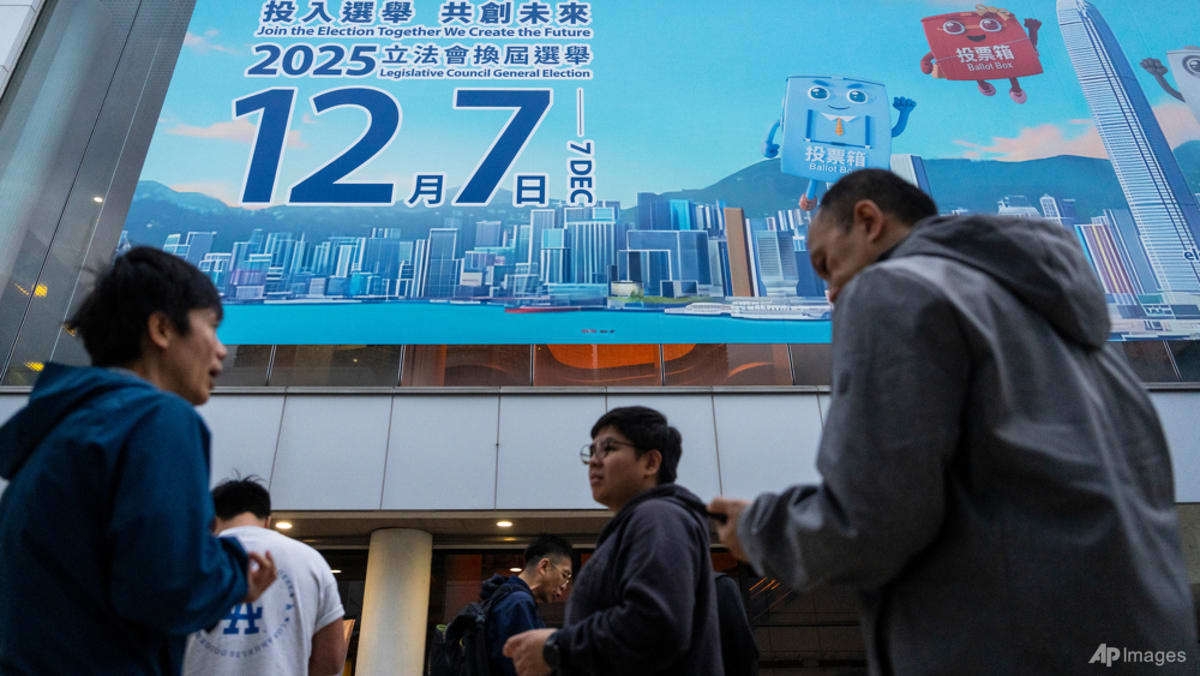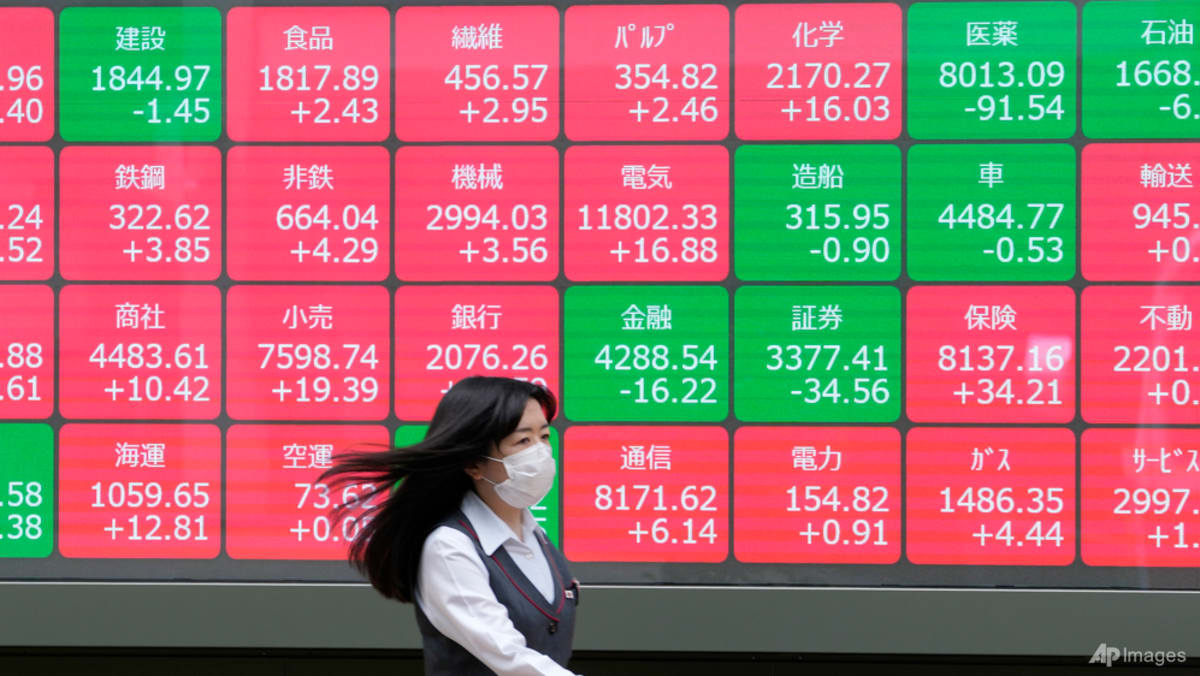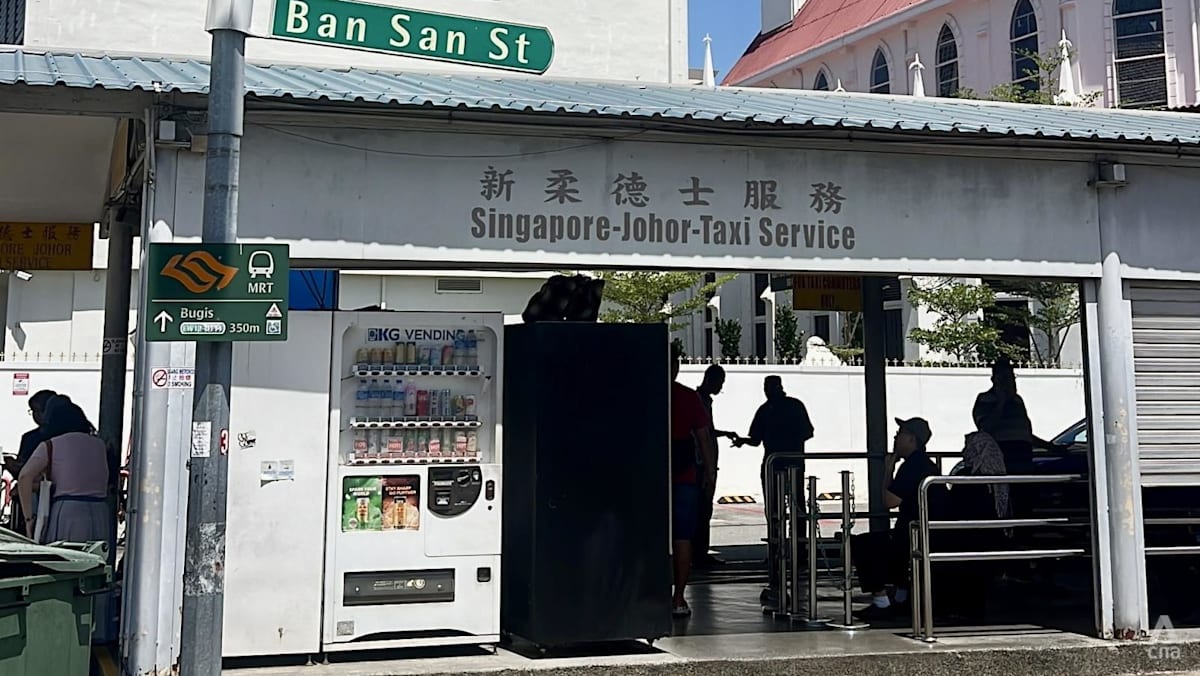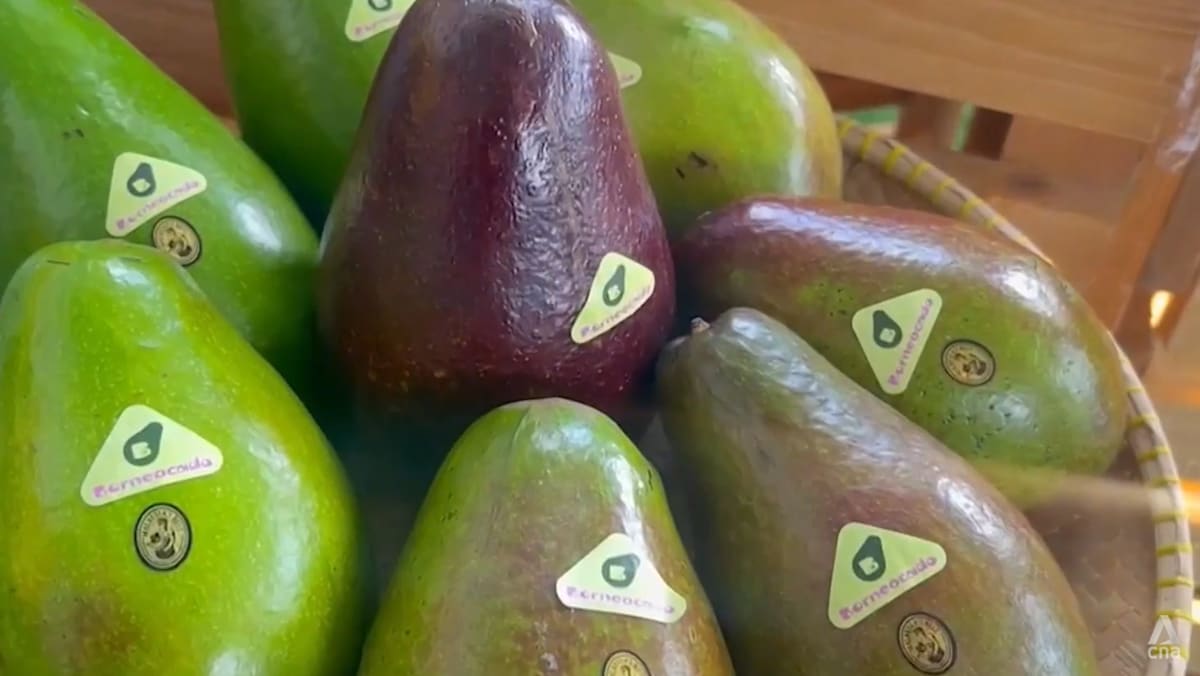China’s eateries slash prices by up to half to woo diners hungry for value, but at what cost?

A competitive environment is pushing dining establishments to offer greater value to increasingly budget-conscious diners, especially as an economic downturn and rising costs drive more people to tighten their belts, observers say.
At the same time, they warn that continued price cuts might not be realistic from a business point of view. Eateries also need to ensure service standards and food quality are maintained, lest their reputation take a hit.
“Winners will be those who adapt quickly to new industry trends and are responsive to consumer demands with good service level,” according to Mr Daniel Zipser, who leads McKinsey’s consumer and retail work in Asia.
THE QUEST FOR VALUE
From hotpot to coffee, F&B brands have been slashing prices to attract increasingly budget-conscious diners in a competitive market.
Among them is high-end restaurant chain Hefu Noodle, which announced price cuts in June. According to local news outlet Beijing Business Today, a standard bowl of noodles costs between 16 and 29 yuan for members, nearly half the 40 yuan to 50 yuan ballpark when the brand was first established in 2012.
Meanwhile, popular Taiwanese-style hotpot chain Xiabu Xiabu announced in May that the prices of its new menu would “return to the old days”.
Average set meal prices there have dropped by more than 10 per cent, reported local news site Guangzhou Daily, with a single meal costing 58 yuan on average while a double meal is priced at 130 yuan.
The developments have sparked discussion on Chinese social media platforms. “Hotpot prices are falling faster than the temperature of the broth,” a netizen quipped.
As local eateries slash prices, foreign fast food brands are also following suit. US fast food giant Burger King is pricing its signature burger at 9.9 yuan each, nearly a third of its original price, noted an Aug 4 report by the state-run Global Times.
On the coffee front, where a price war is said to be raging, Reuters reported in May that Starbucks has upped the number of discount coupons being offered in the country. Starbucks China CEO Belinda Wong had said in January that the company is “not interested in entering the price war”.
Analysts point out that the price cuts are aimed at drawing customers in as economic and labour market woes in the world’s second-largest economy take a bit out of consumer spending.
The current trend for diners in China is to seek value-for-money options, according to a research report by Daxue Consulting in April.
Of the 1,000 survey participants, 32.6 per cent viewed affordability as the top priority. The availability of specific dishes ranked second, followed by the overall environment of the restaurant.
The current trend of affordability is not a passing phase, and is a response to significant shifts in the market, said Ms Ashley Dudarenok, founder of China-focused digital consultancy ChoZan.
At the same time, she noted that consumer preferences in the Chinese F&B market vary significantly depending on the individual and the age group.
A survey by consulting firm McKinsey & Company completed at the end of 2023 found that consumer behaviours diverged significantly among different age groups in urban China.
The Gen Zs, aged 18 to 25, exhibit a more “optimistic” outlook on their financial futures, leading them to spend more on quality services that offer emotional and social value.
In contrast, the rising middle class in first- and second-tier cities, particularly those aged 26 to 41, tends to adopt a more conservative approach to spending, especially on F&B.
This is often due to their financial commitments, such as children’s education and mortgage payments, said Mr Zipser.
CHEAPER EATS, BUT AT WHAT COST?
Even as F&B businesses dangle discounts and promotions to give customers more bang for their buck, experts warn that such moves may not be sustainable in the long run.
Mr Zipser told CNA the impact on brand loyalty and long-term profitability remains uncertain, especially if lower prices come with a cost.
“Consumers are looking for value options, but compromising on service quality can quickly damage a brand’s image,” he said.
Ms Chen, the hotpot regular who frequents chain restaurant brands, said that based on her observations, outlets rarely maintain portion sizes after reducing prices, even if the quality of food stays the same.
“For example, after Tai Er (known for its Chinese sauerkraut fish) lowered its prices, the portion size of its signature pickled fish dish became smaller,” she claimed.
Jiumaojiu acknowledged that the exclusive pursuit of low prices is “unsustainable” in a Jul 19 report by Chinese financial newspaper The Securities Times.
The catering giant added that it would instead “continue to enhance the product value-for-money ratio, aiming for a balance between quality and price”.
Similarly, Haidilao doesn’t see lower prices as the pivotal factor in attracting business, even as it comes out with more budget ventures.
Last year, the Chinese hotpot chain launched Xiao Hai Hotpot, which the company has said is aimed at providing affordable yet high-quality hotpot options. Customers have each spent under 80 yuan on average, it added.
On popular review and rating app Dianping, checks by CNA found that an individual weekday lunch hotpot set meal coupon at Xiao Hai Hotpot can be purchased for 54 yuan, while a kids’ meal coupon goes for as low as 0.9 yuan.
Source: CNA















